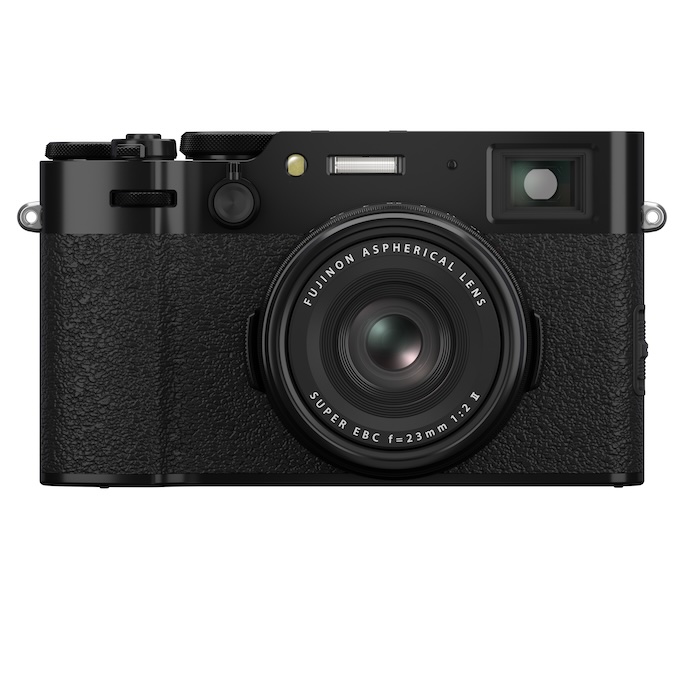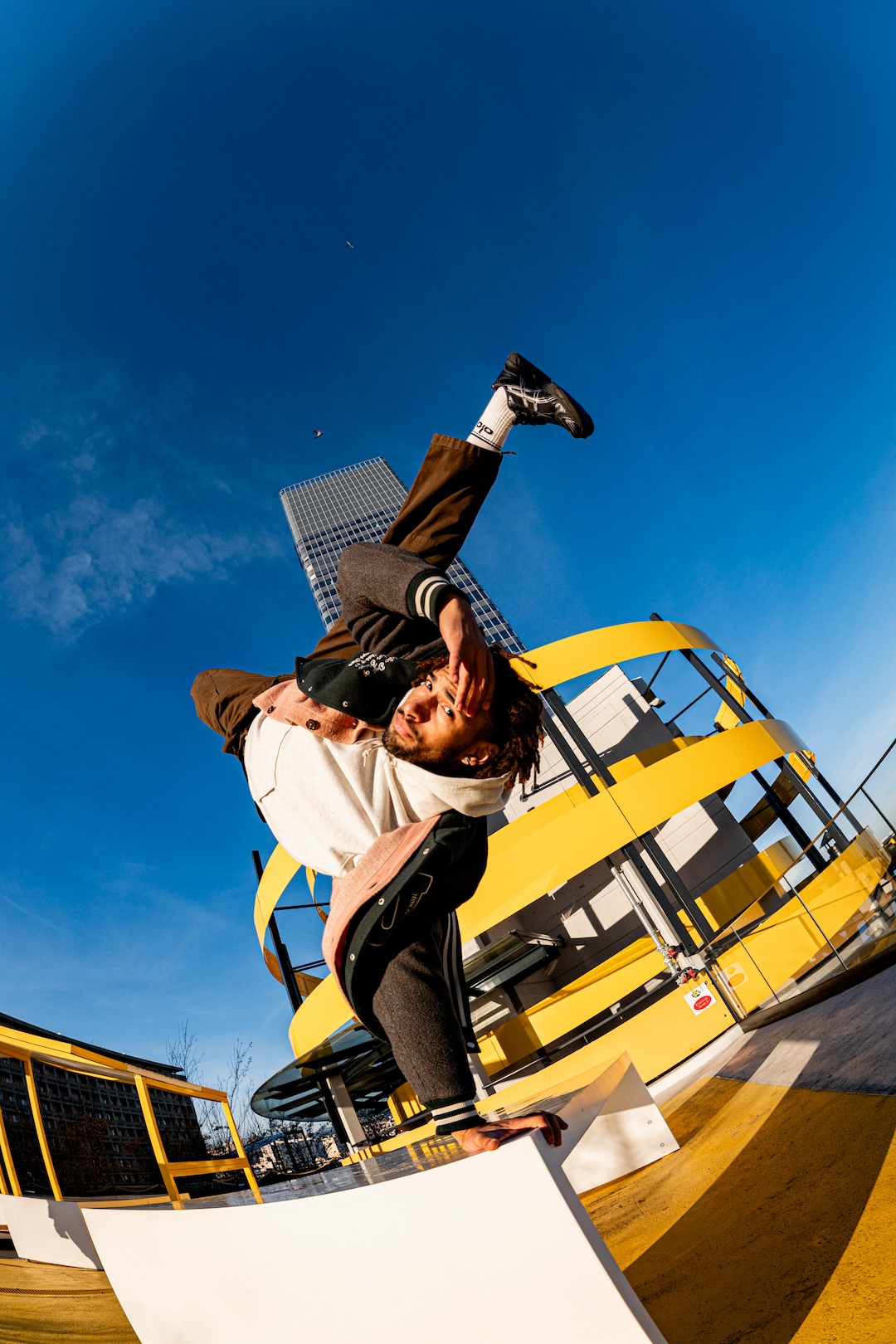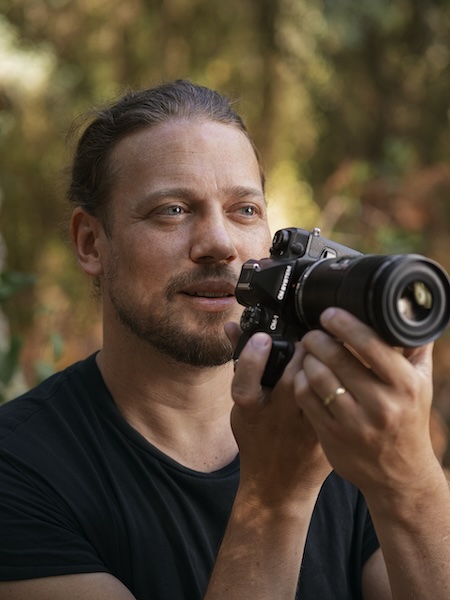Gear
Tethering your camera into your computer can seem like a needless exercise. After all, aren’t we in a wireless age? Who wants to traipse over cables or be tied down to a laptop during a shoot? Yet for all the seeming hassle, there are actually several excellent reasons to consider shooting tethered. Let’s dive in.
It Beats Chimping
Let’s face it, a 3-inch display is no match for a computer monitor when it comes to reviewing your work. As Toronto-based photographer Giancarlo Pawelec says, “nothing beats looking at a photo at 15 inches, or 27 inches or even 100 inches. You can pay attention to details you may have missed. I’d rather spend five minutes fixing a shirt on set than ten minutes wrestling with it in post production.”
It Fosters Collaboration
If you’re working on a set with multiple stakeholders—hair and makeup artists, stylists, assistants—being able to view and comment on images in a collaborative environment gives everyone a sense of buy-in, says editorial and advertising photographer Clay Cook. “It brings everyone in and is a game changer when you’re working with teams of people,” he adds.
It Makes Post-Production Easier
By importing images immediately into programs like Lightroom or Capture One, you can get a start on post-production tasks like color grading and toning literally as you’re shooting. Cook, who will shoot tethered into Capture One, will either apply a Styles preset or a custom color grade to images during test shooting so that the images he captures from the main shoot are much closer to the look of the final images. This not only speeds up your post-production color grading and editing, but “it helps your client better visualize what the final images will look like,” he says.
It Makes Organizing and Backing Up Images More Efficient
While there’s plenty of room for creativity in a photographic workflow, organizing and backing up images is just grunt work. If you shoot tethered, a lot of that grunt work can be done for you by software. Both Lightroom and Capture One offer a variety of tools to help you organize images the moment they’re transferred into your computer. Images can be instantly re-named and sorted into folders while you shoot, saving you from the trouble when the shoot’s over. What’s more, they can be automatically backed up or mirrored to external or networked drives as you shoot.
Don’t Miss: Five Ways to Use Light for a Moving Portrait Subject
Deals: Zeiss June Swoon Savings





